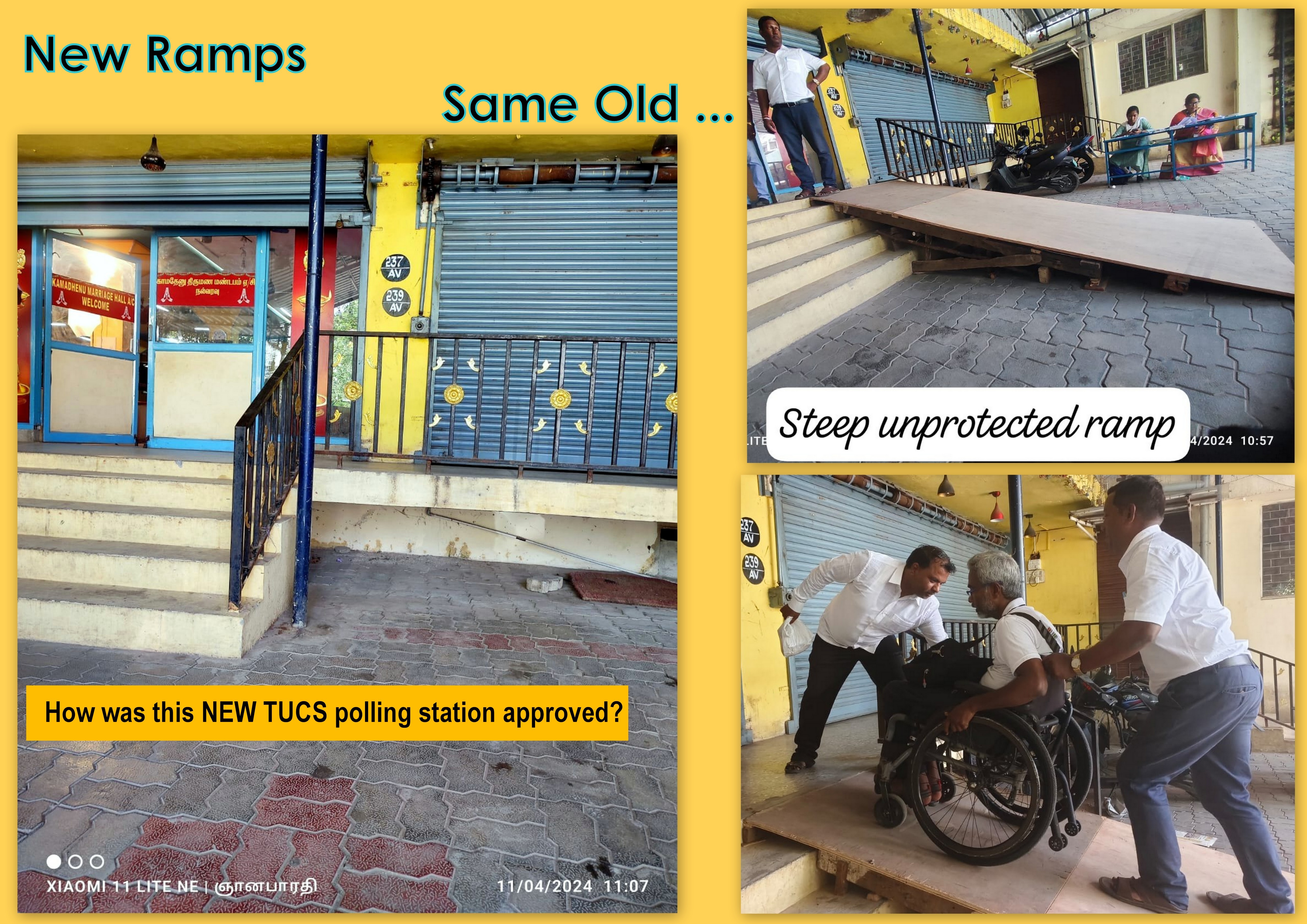
News
Democracy Denied
Play audio version
Disabled Voters Face Barriers in India’s Polling Process
May 25, 2024
This is the second report in our series on voter accessibility in 2024, a year when a record number of voters will head to the polls, with at least 64 countries, representing about half the global population, holding national elections.
Priya Srivastava is an independent young woman based in Lucknow, North India. During a recent state election, sitting in her wheelchair, she was unable to reach the button she wanted to press on the electronic voting machine (EVM). The machine was placed higher than the recommended height for accessibility to wheelchair users. Srivastava opted not to seek assistance from anyone in the interest of her voting privacy and independence. She pressed the button she could reach, which was for another candidate from another political party. “I made my choice based on accessibility,” Srivastava says.
EVM access is just one of the barriers to voting for people with disabilities in India – and not just for wheelchair users but blind people, too. To vote independently, blind Braille users refer to the Braille ballot sheets available at polling booths for the names and party symbols of the candidates. This information should be in the same order as on the EVM, to enable a blind person to easily locate the candidate on the EVM. “Sometimes, when the Braille ballot sheets and the EVM don’t follow the same order, EVMs become inaccessible to us blind users,” says Divya Pandey, who lives in the central Indian city of Bhilai.

General elections in India are being conducted in seven phases, having started on April 19 and ending on June 1. Among the close to a billion registered voters, nine million are persons with disabilities. And unsurprisingly, disabled people still can’t participate in the electoral process independently in the world’s largest democracy.
To protect the rights of disabled people, India has a progressive Rights of Persons With Disabilities (RPwD) Act, 2016. It follows the principles of the international human rights treaty, the United Nations Convention on the Rights of Persons with Disabilities (CRPD). The RPwD Act specifically states that the “Election Commission of India (ECI) and the State Election Commissions shall ensure that all polling stations are accessible to persons with disabilities and all materials related to the electoral process are easily understandable by and accessible to them.”
The constitutional body responsible for conducting free and fair elections, the ECI, started taking steps towards equal access for voters with disabilities almost two decades ago. After disability activist Javed Abidi filed a petition at the Supreme Court in 2004, the ECI was directed to take measures to ensure the accessibility of the general election later in the year. Wooden ramps at polling stations, Braille on the EVM, separate queues for disabled people and training for polling booth officers were some of the features introduced.
More thorough guidelines for accessible polling and voter awareness strategies were framed before the 2019 general elections. They include important features like situating all polling stations on the ground floor and the provision of ramps with proper gradients. In the same year, postal ballots for people with disabilities were introduced, so that people who couldn’t get to the polls could vote from home. Late last year, guidelines mandating the use of disability-sensitive language by political parties and their representatives in their campaigns were also released. These guidelines require that any references to disability or people with disabilities should not portray them as incapable or perpetuate prejudices.
“It’s inspiring to see progress towards inclusivity, though there’s still significant ground to cover, ” said Arman Ali, executive director of the National Centre for Promotion of Employment for Disabled People (NCPEDP), in a recent LinkedIn post. Ali has worked relentlessly for the political inclusion of disabled people in India. But, as he acknowledges, there are still gaps in the implementation of accessibility, even with a fairly strong legal framework and guidelines.
Barriers to voting are one reason why many persons with disabilities in India don’t even register to vote.
There’s a huge gap in the registration and enrollment of disabled voters. The 2011 Census recorded 18,950,358 persons with disabilities over 19 years of age in India. For the current election, only 9,007,755 are registered in the electoral rolls, meaning over half of all persons with disabilities in India are still not casting their vote.
A lack of awareness about the electoral process is another reason for the lower registration of disabled voters. “Targeted accessible campaigns and awareness about the electoral process are needed to encourage disabled people to vote,” says accessibility consultant Manav Goel, who lives in Bahadurgarh, near Delhi.
Inaccessible Infrastructure
Even if more disabled people did register to vote, they’d face significant challenges actually doing so. The majority of India’s 1.5 million polling booths are situated in schools, colleges, or community centers, where infrastructural accessibility is crucial but nonexistent. How can election accessibility be achieved seamlessly if the infrastructure in a country is not accessible?
Per the RPwD Act, both public transport and infrastructure were supposed to be retrofitted for accessibility by June 2022. Due to delays, the deadline was revised to March 2024. However, according to a September 2023 audit by India’s Parliamentary Standing Committee on Social Justice and Empowerment, less than 20% of the work on public buildings in the funded states and union territories has been completed.
Across the country during this year’s elections, accessibility in polling booths is being integrated at the last minute. Temporary wooden ramps, sometimes plywood planks, are placed at the entrance of polling booths without measuring their gradient. In a booth in South Bengaluru, a voter said that a plywood plank was being placed only when a wheelchair user arrived to cast their ballot.
“So often, I find ramps covering the entrance, and then one or two steps to enter the polling room,” says Smitha Sadasivan, a member of Disability Rights Alliance (DRA) based in Tamil Nadu in southern India. DRA is a coalition of independent, community-based advocacy organizations. In April, on polling day in Chennai, Tamil Nadu’s capital, Sadasivan was working as part of the district election office’s access audit team. She found the ramps so steep that she couldn’t go up without someone pushing her wheelchair. “This shows the lack of clarity on accessibility and accessibility standards among the authorities,” she says.
“All across India, the perception of having made a place accessible is to put a decent ramp at the entrance and some form of quasi-accessible toilet,” says Vaishnavi Jayakumar, also a DRA member. The ECI building itself has no ramps for steps beyond the entrance, she adds.
Srivastava from Lucknow says that often the space between the wall and the EVM isn’t enough for her wheelchair to fit easily. This election, she was unable to cast her vote independently because of this reason.
“It’s not about elections per se,” adds Jayakumar. “The bigger question is why are schools and colleges not accessible yet.”
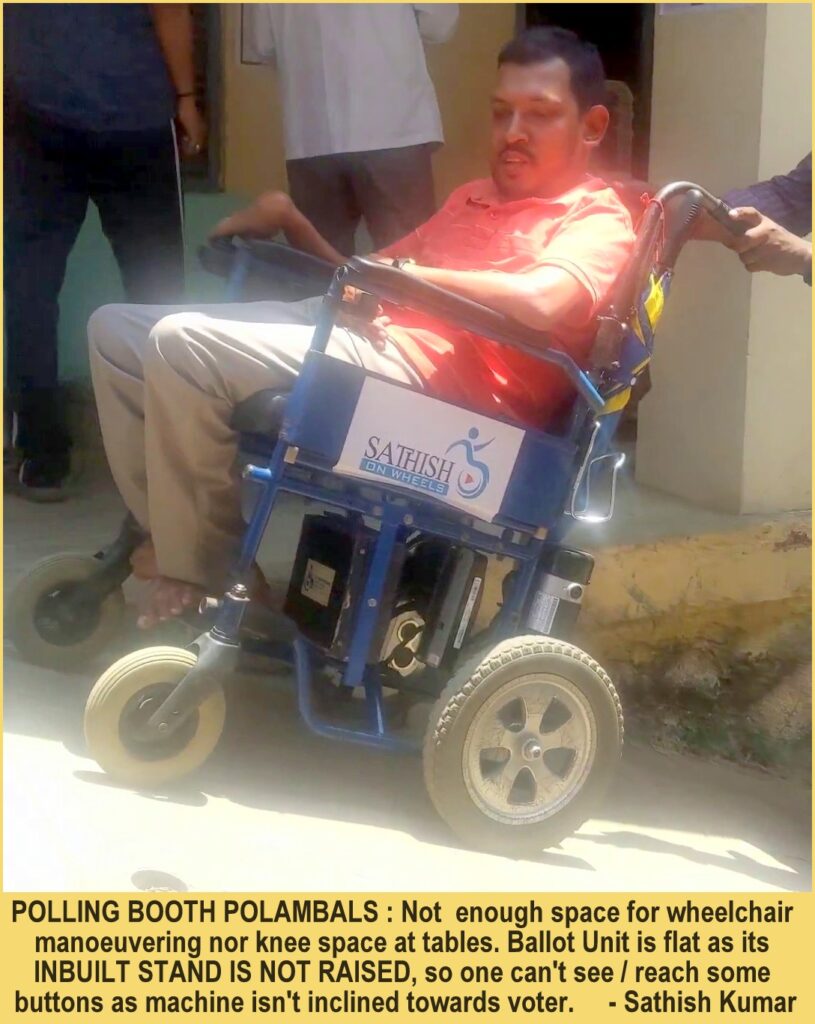
The accessibility of India’s public transport is not something to boast about either. According to a September 2023 audit by India’s Parliamentary Standing Committee on Social Justice and Empowerment, only 6% of public transport buses are fully accessible, while 29% have partial accessibility. To facilitate commuting to the polling stations, accessible transport is a government provision for disabled people. Requests are taken through the 1950 helpline for voters or the Saksham mobile app, meant specifically for voters with disabilities. However, the Saksham app itself is not fully accessible to blind users, according to blind accessibility tester Amar Jain.
“Some e-rickshaws provided as accessible transport do not have ramps, so are not useful for wheelchair users,” says Delhi-based Dr. Nonita Gangwani. Being tall, Gangwani also faces challenges fitting into some accessible cabs with her wheelchair.
Priority queuing is another provision at polling booths for persons with disabilities and seniors. However, in many booths, this feature is either not offered or lacking proper signage. Goel says that his polling booth once had bamboo barricades separating queues. These barricades made the line too narrow for his wheelchair, thus preventing him from accessing the priority queue.
Missing Postal Ballots for Absentee Voters and Challenges for Disabled Polling Officials
Voting from home is a valuable facility, but a number of people haven’t received their postal ballots for the current election. Dr. Deepa V from Kodagu in South India is one of them. “I didn’t want to travel to my home city to vote, so being a person with a disability, I applied for a postal ballot, but it never arrived,” she says. “I lost my chance to cast my vote this year.”
Deepa, who walks with the support of calipers, had volunteered to be a polling booth official for the 2023 state election, but this time she declined. “For people with disabilities, volunteering for election duties is a labyrinth of challenges,” she says.
For example, presiding officers need to make the journey from the booth to the mustering center (the venue from where EVMs and other polling paraphernalia are collected by polling officials) to collect the EVMs. This trip can be a logistical nightmare if the terrain is bad and the ride is cramped and jerky. “The mustering center I visited had a steep ramp with no railing, so I couldn’t enter the center,” Deepa says.
Staying overnight also can be challenging for physically disabled people if the accommodations provided to the presiding officer at the polling station don’t include accessible toilets. “We need to bring attention to this issue, or persons with disabilities wouldn’t want to offer their time for election duties,” Deepa says.
Excluding Marginalized Groups
One thing that grossly lacks attention and effort from the government’s side is the inclusion of marginalized groups such as homeless people, those in care homes, and mental health institutions.
The Representation of the People Act, 1950 disqualifies someone from voting only if the person is of “unsound mind and stands so declared by a competent court.”
However, there are cases of people with intellectual, learning and psychosocial disabilities from institutions, care homes and organizations being stopped from enrolling as voters, says Jayakumar. She has worked actively for their inclusion in the elections in the past.
“A written clarification from the ECI is needed mentioning that people with learning, intellectual and psychosocial disabilities have the constitutional right to vote,” Jayakumar says.
This clarification should be published online and included in the compendium of instructions. “Given that their voting rights are enshrined by the constitution, such a circular would be useful to get enrollment done without unpleasantness,” she says. “Voting enrollment should also happen in a systematic and sustained manner all year round instead of speeding it up just before the elections.”
Overall, to streamline accessibility, experts emphasize strengthening the voting system with periodic capacity building and educating officials and personnel involved in all segments of the electoral process. “The committees and the officers enrolled for accessible elections at the district, state and national levels should be strengthened to enforce implementation of the strategic framework of implementing accessibility and monitoring the same,” says Sadasivan. “An active involvement of persons with disabilities throughout the process is critical.”
Disability Rights Alliance regularly tweets about election accessibility in India as #Votability.
Priti Salian is an independent journalist, editor and researcher. She runs the fortnightly newsletter, Reframing Disability, and is an accredited trainer of Solutions Journalism and Gender Equality, Diversity and Inclusion. At the DJP she works as an Instructor and Community Engagement Director.
News From the Global Frontlines of Disability Justice

Democracy Denied
In 2024, a record number of voters worldwide will head to the polls, but many disabled individuals still face significant barriers. In India, inaccessible electronic voting machines and polling stations hinder the ability of disabled voters to cast their ballots independently. Despite legal protections and efforts to improve accessibility, systemic issues continue to prevent many from fully participating in the world’s largest democracy. ““All across India, the perception of having made a place accessible,” says Vaishnavi Jayakumar of Disability Rights Alliance, “is to put a decent ramp at the entrance and some form of quasi-accessible toilet.”
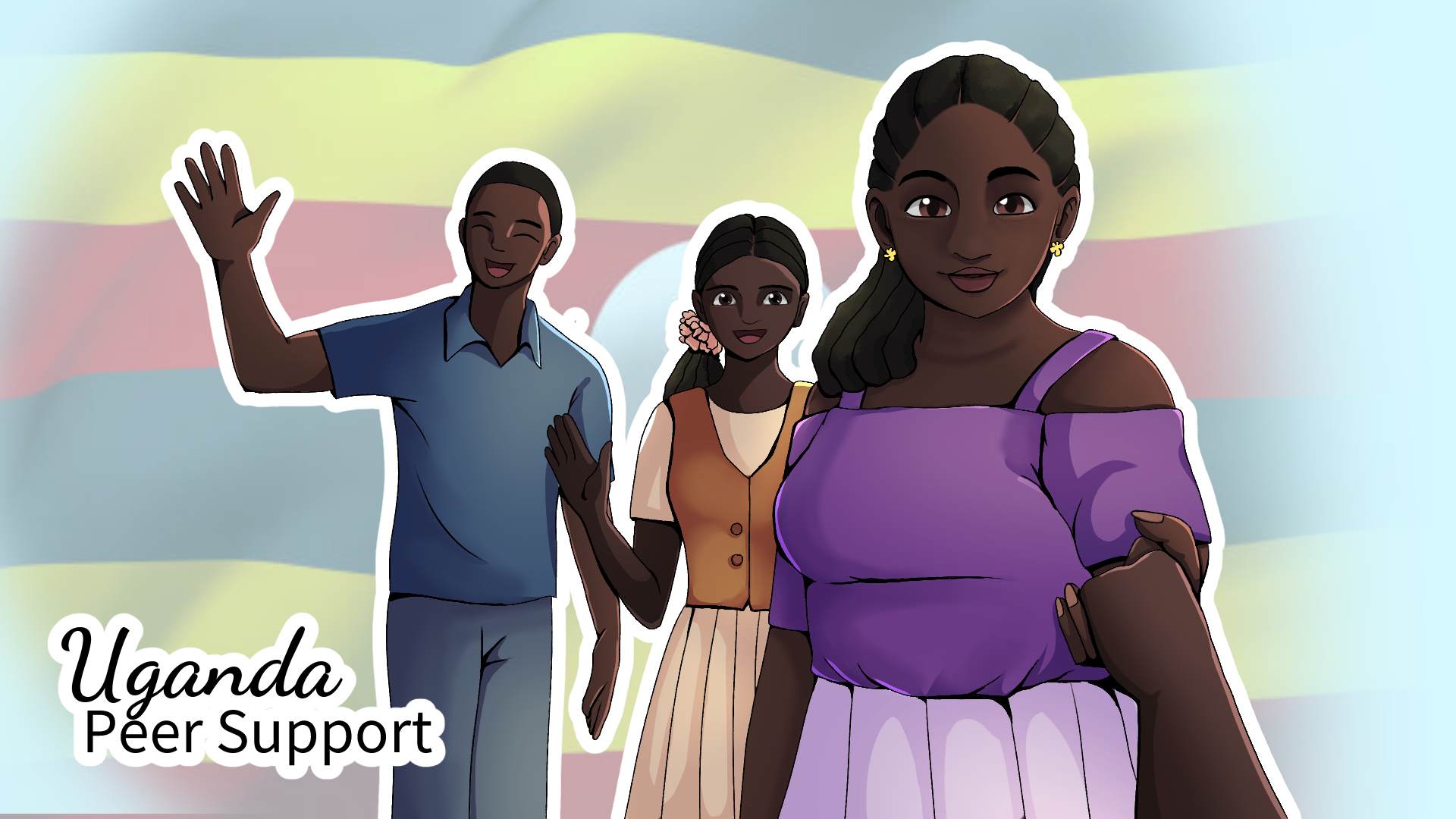
Triumph Over Despair
DJP Fellow Esther Suubi shares her journey of finding purpose in supporting others with psychosocial disabilities. She explores the transformative power of peer support and her evolution to becoming an advocate for mental health. “Whenever I see people back on their feet and thriving, they encourage me to continue supporting others so that I don’t leave anyone behind,” she says. “It is a process that is sometimes challenging, but it also helps me to learn, unlearn, and relearn new ways that I can support someone – and myself.”
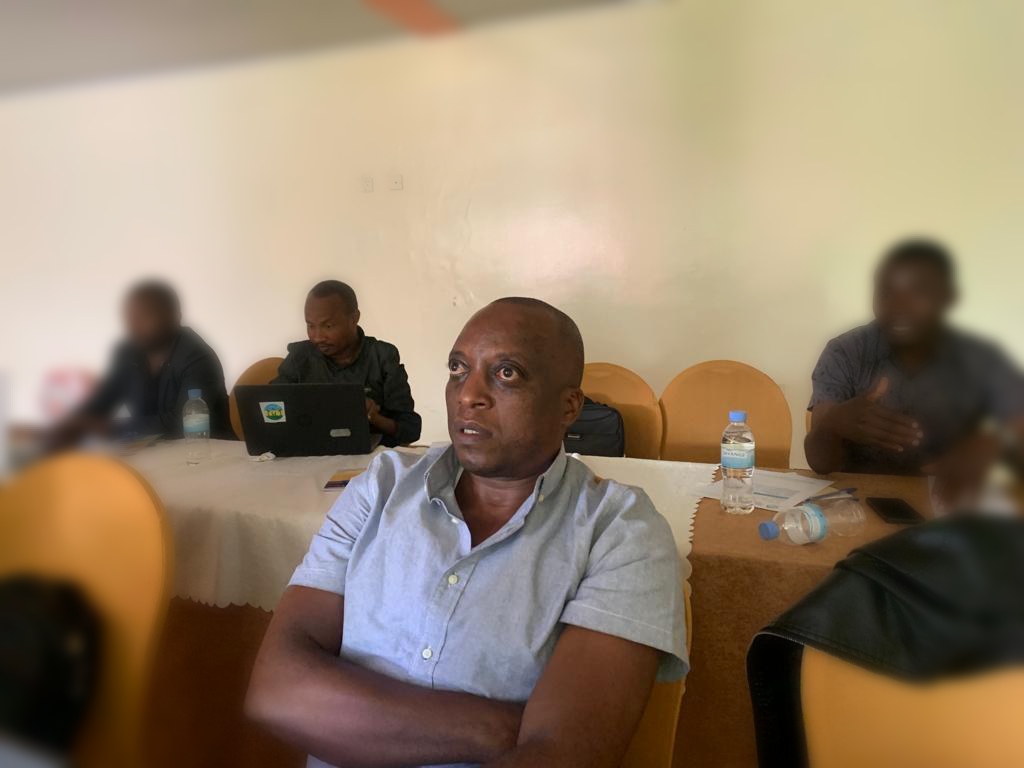
‘Our Vote Matters’
As Rwanda prepares for its presidential elections, voices like Daniel Mushimiyimana’s have a powerful message: every vote counts, including those of citizens with disabilities. Despite legal frameworks like the UN Convention on the Rights of Persons with Disabilities, challenges persist in translating these into practical, accessible voting experiences for over 446,453 Rwandans with disabilities. To cast a vote, blind people need to take a sighted relative to read the ballot. An electoral committee member must be present, violating the blind person’s voting privacy. “We want that to change in these coming elections,” says Mushimiyimana.

Voices Unsilenced
Often dismissed as a personal concern, mental health is a societal issue, according to Srijana KC, who works as a psychosocial counselor for the Nepali organization KOSHISH. KC’s own history includes a seizure disorder, which resulted in mental health challenges. She faced prejudice in both educational settings and the workplace, which pushed her towards becoming a street vendor to afford her medications. Now with KOSHISH, she coordinates peer support gatherings in different parts of Nepal. “It is crucial to instill hope in society, recognizing that individuals with psychosocial disabilities can significantly contribute,” she says.
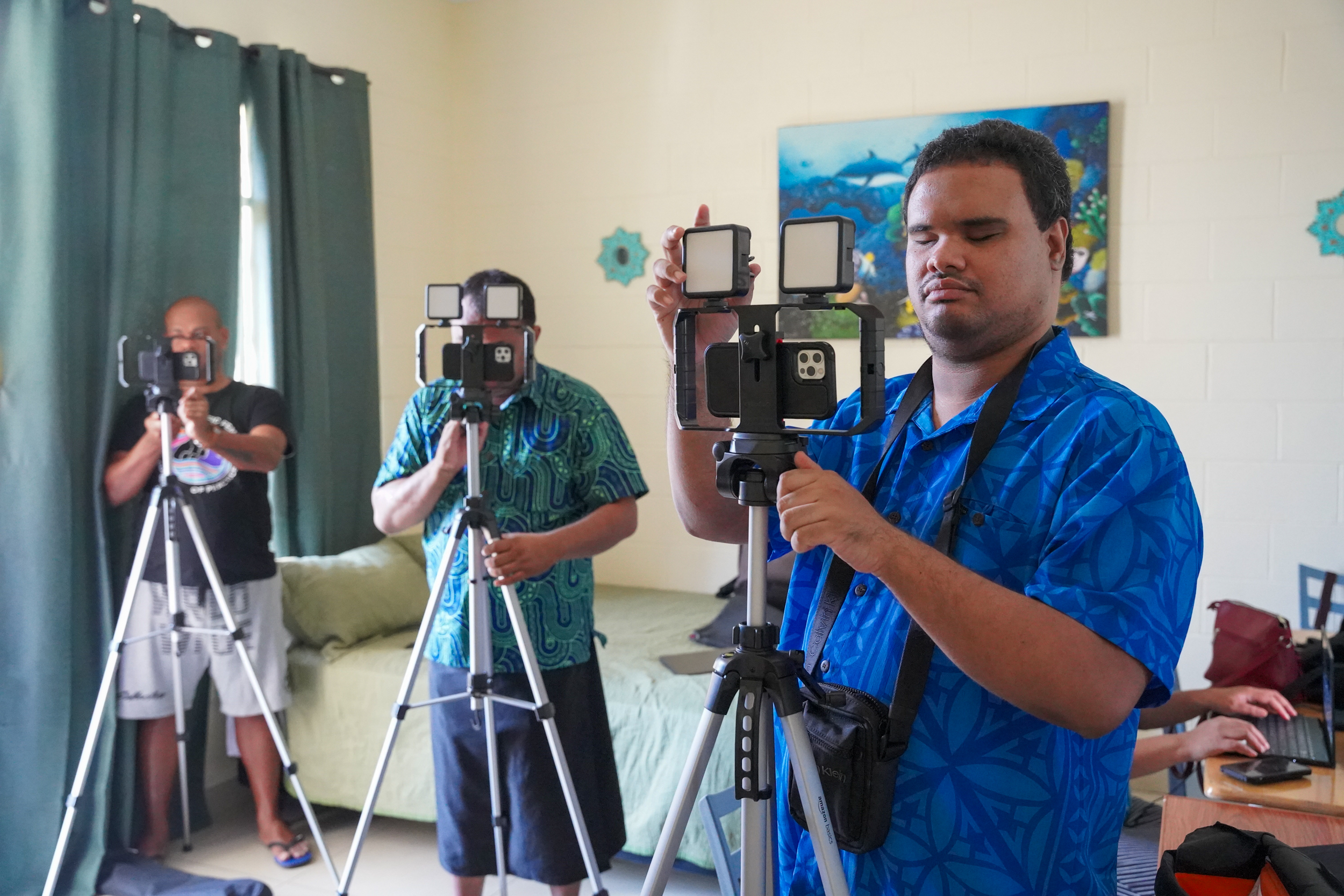
Capturing Vision Through Sound and Touch
Last summer, the DJP trained Indigenous activists with disabilities from the Pacific on the iPhone camera to create a documentary series on disability and climate change. With VoiceOver, the iPhone provides image descriptions for blind and low-vision filmmakers and offers other accessible features. “If you think about it, it doesn’t make sense for a blind person to use a camera,” says DJP filmmaker Ari Hazelman. “The iPhone gives you more avenues to tell your story in a more profound way as a blind person.”
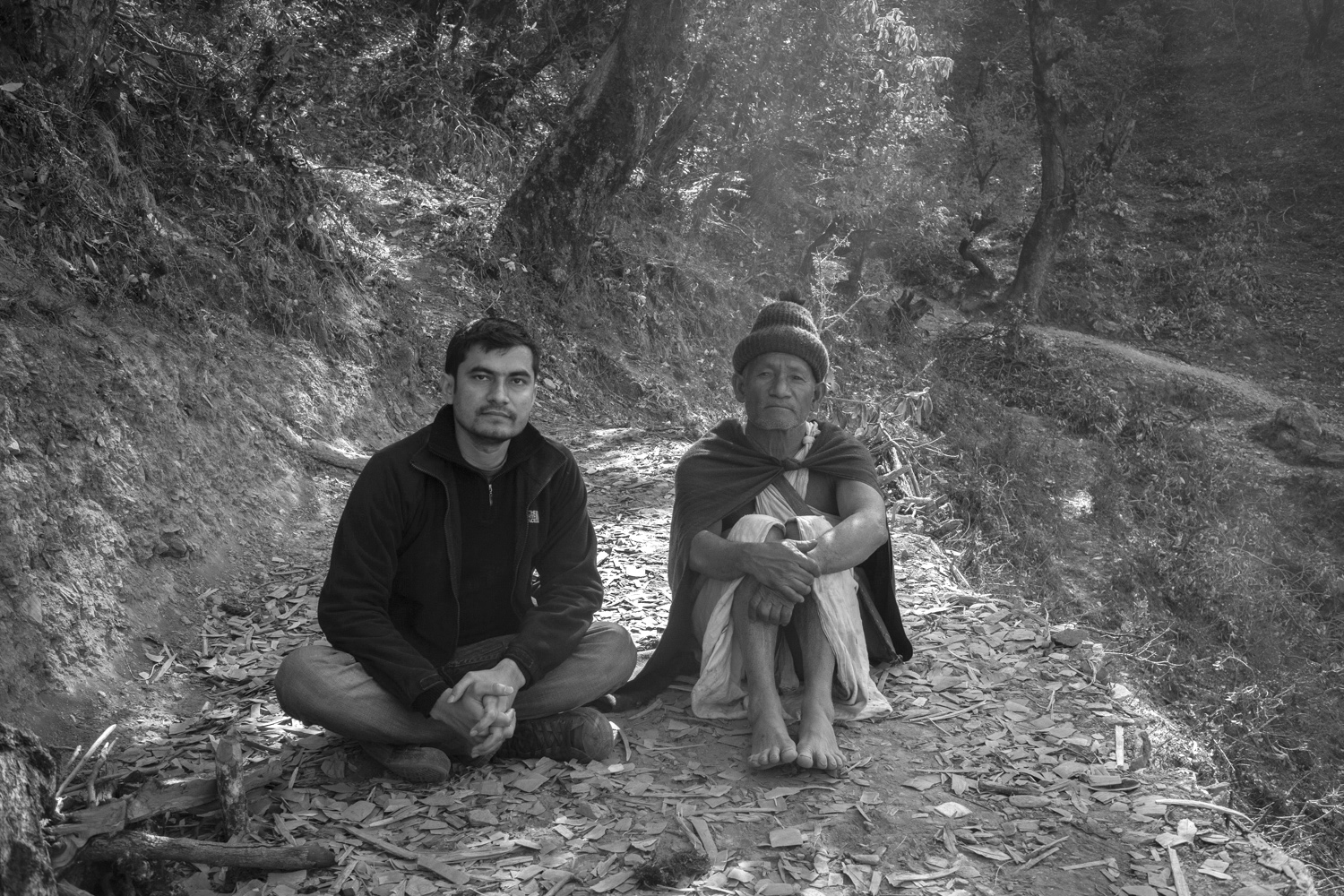
Beyond the Frame
DJP mentor Kishor Sharma is known for his long-term photography and film projects exploring community and change. Over the last 12 years, he has been documenting the nomadic Raute people in mountainous Nepal. With any project, Sharma aims to actively engage participants, sharing photography and videography techniques. In September, Sharma became a mentor to DJP Fellow Chhitup Lama. He was eager to connect “this idea of sharing the visual technique with the storytelling idea and the issue of disability inclusion.”